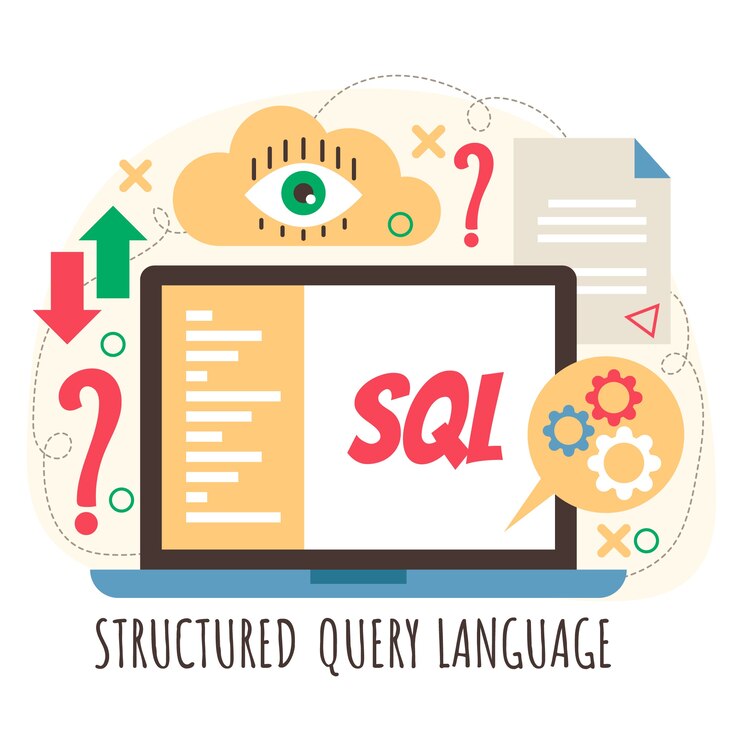Introduction
MySQL, a powerful relational database management system, provides various data types and functionalities to handle complex queries and data storage efficiently. One of the essential data types is the Boolean, which is used to store true or false values. This guide will dive deep into MySQL Boolean, exploring its implementation, usage, and best practices.
Outline
- Introduction
- Overview of MySQL Boolean
- Importance of Boolean data type in databases
- How MySQL handles Boolean values
- Understanding MySQL Boolean
- Definition and basic concept
- Comparison with other data types
- Setting Up MySQL
- Installation
- Configuration
- Basic commands
- Creating Boolean Columns
- Syntax and examples
- Default values
- Boolean Operations
- Logical operators (AND, OR, NOT)
- Use in WHERE clauses
- Boolean Functions
- TRUE and FALSE functions
- IS and IS NOT
- Practical Applications
- Filtering data
- Conditional queries
- Boolean in Indexing
- Performance considerations
- Indexing best practices
- Data Integrity
- Ensuring Boolean integrity
- Constraints and validation
- Common Pitfalls
- Misinterpretation of Boolean values
- Null values in Boolean columns
- Advanced Usage
- Combining Booleans with other data types
- Complex queries involving Boolean
- Performance Optimization
- Query optimization techniques
- Efficient Boolean data handling
- Case Studies
- Real-world examples
- Success stories
- Expert Insights
- Quotes from database professionals
- Best practices from industry experts
- Troubleshooting
- Common issues and solutions
- Debugging tips
- Future Prospects
- Upcoming features in MySQL
- Evolving use cases
- FAQs
- Commonly asked questions about MySQL Boolean
- Expert answers
- Conclusion
- Summary of key points
- Final thoughts
Article Content
Introduction
MySQL, an open-source relational database management system, is known for its robustness, flexibility, and ease of use. It supports a variety of data types, including integers, strings, dates, and Booleans. In this guide, we’ll explore the Boolean data type in MySQL, its uses, and how it can be effectively implemented to manage true or false values in your database applications.
Understanding MySQL Boolean
A Boolean data type represents one of two values: true or false. Although MySQL doesn’t have a dedicated Boolean type, it uses the TINYINT(1) data type to simulate Boolean behavior. The values 0 and 1 are used to represent false and true, respectively. This approach allows MySQL to store Boolean values efficiently while providing the necessary functionality for logical operations.
Setting Up MySQL
Before diving into Boolean data types, ensure that MySQL is correctly set up on your system. Follow these steps to install and configure MySQL:
- Installation: Download the MySQL installer from the official website and follow the installation instructions for your operating system.
- Configuration: Configure MySQL by editing the my.cnf (or my.ini) file to set parameters like buffer sizes, cache limits, and security settings.
- Basic Commands: Familiarize yourself with basic MySQL commands, such as connecting to the server, creating databases, and managing users.
Creating Boolean Columns
To create a Boolean column in MySQL, define the column using the TINYINT(1) data type. Here’s an example:
In this example, the is_active column is used to indicate whether a user is active (true) or inactive (false). The default value is set to 1 (true).
Boolean Operations
Boolean operations are crucial for filtering and querying data. MySQL supports logical operators such as AND, OR, and NOT for Boolean expressions. Here are some examples:
- AND: Used to combine multiple conditions.
- OR: Used when any of the conditions can be true.
- NOT: Used to negate a condition.
Boolean Functions
MySQL provides built-in functions to work with Boolean values:
- TRUE: Returns 1.
- FALSE: Returns 0.
- IS and IS NOT: Used to compare Boolean values.
Practical Applications
Boolean data types are commonly used to filter data and execute conditional queries. For instance, you can retrieve all active users with the following query:
Boolean in Indexing
Indexing Boolean columns can improve query performance, especially when filtering large datasets. However, it’s essential to consider the distribution of values. If a Boolean column has a uniform distribution, indexing might not provide significant benefits.
Data Integrity
Ensuring data integrity is crucial when working with Boolean values. Use constraints and validation to enforce Boolean integrity:
Common Pitfalls
Common issues include misinterpreting Boolean values and handling null values. Always ensure that Boolean columns are set to either 0 or 1 and handle null values appropriately.
Advanced Usage
Combining Booleans with other data types can create powerful queries. For example, you can filter data based on Boolean and date conditions:
Performance Optimization
Optimize Boolean queries by using indexing and efficient query structures. Avoid full table scans by using indexed Boolean columns and ensure your queries are optimized for performance.
Case Studies
Explore real-world examples of MySQL Boolean implementation. Case studies can provide insights into successful applications and best practices.
Expert Insights
Quotes and advice from database professionals can offer valuable perspectives on using MySQL Booleans effectively.
Troubleshooting
Common issues include incorrect Boolean interpretation and query errors. Use debugging tools and techniques to resolve these problems.
Future Prospects
Stay updated with upcoming MySQL features and evolving use cases for Boolean data types.
FAQs
Q1: What is the best way to handle Boolean values in MySQL? A1: Use the TINYINT(1) data type to represent Boolean values, ensuring they are set to 0 or 1.
Q2: Can I use Boolean columns in indexes? A2: Yes, but consider the distribution of values to determine the effectiveness of indexing.
Q3: How can I ensure Boolean data integrity? A3: Use constraints and validation to enforce Boolean integrity, ensuring values are either 0 or 1.
Conclusion
MySQL Boolean data types offer a flexible and efficient way to handle true or false values in your database. By understanding their implementation and best practices, you can optimize your database operations and ensure data integrity.




